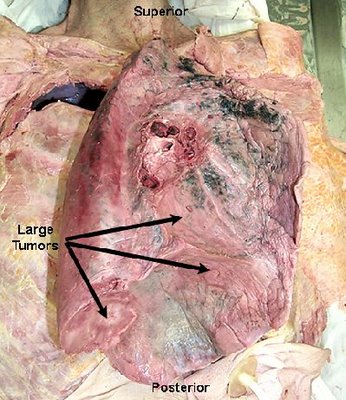HOW TO CARE FOR A CATHETER
To care for an indwelling catheter, cleanse the urethral area (where the catheter exits the body) and the catheter itself with soap and water every day. Also thoroughly cleanse the area after all bowel movements to prevent infection.
If you have a suprapubic catheter, the opening in your belly and the tube must be cleansed daily with soap and water, then covered with dry gauze.
Drinking plenty of fluids can help prevent infections. Discuss this issue with your health care provider.
Wash your hands before and after handling the drainage device. Do not allow the outlet valve to touch anything. If the outlet becomes obviously dirty, clean it with soap and water.
Some people have occasional leakage of urine around the catheter. This may be caused by a catheter that is too small, improper balloon size, constipation, urinary tract infections, or bladder spasms.
If bladder spasms occur or there is no urine in the drainage bag, the catheter may be blocked by blood or thick sediment. Or, there may be a kink in the catheter or drainage tubing. Sometimes spasms are caused by the catheter irritating the bladder. Such spasms can be controlled with medication, although most patients eventually adjust to the irritation and the spasms go away. If you have been shown how to irrigate (or flush) the catheter, doing so may help reduce spasms. If you have not been instructed on irrigation, and urine is not flowing into your collection device, contact your health care provider immediately.
www.nlm.nih.gov
|
|---|
Subscribe to:
Post Comments (Atom)















No comments:
Post a Comment